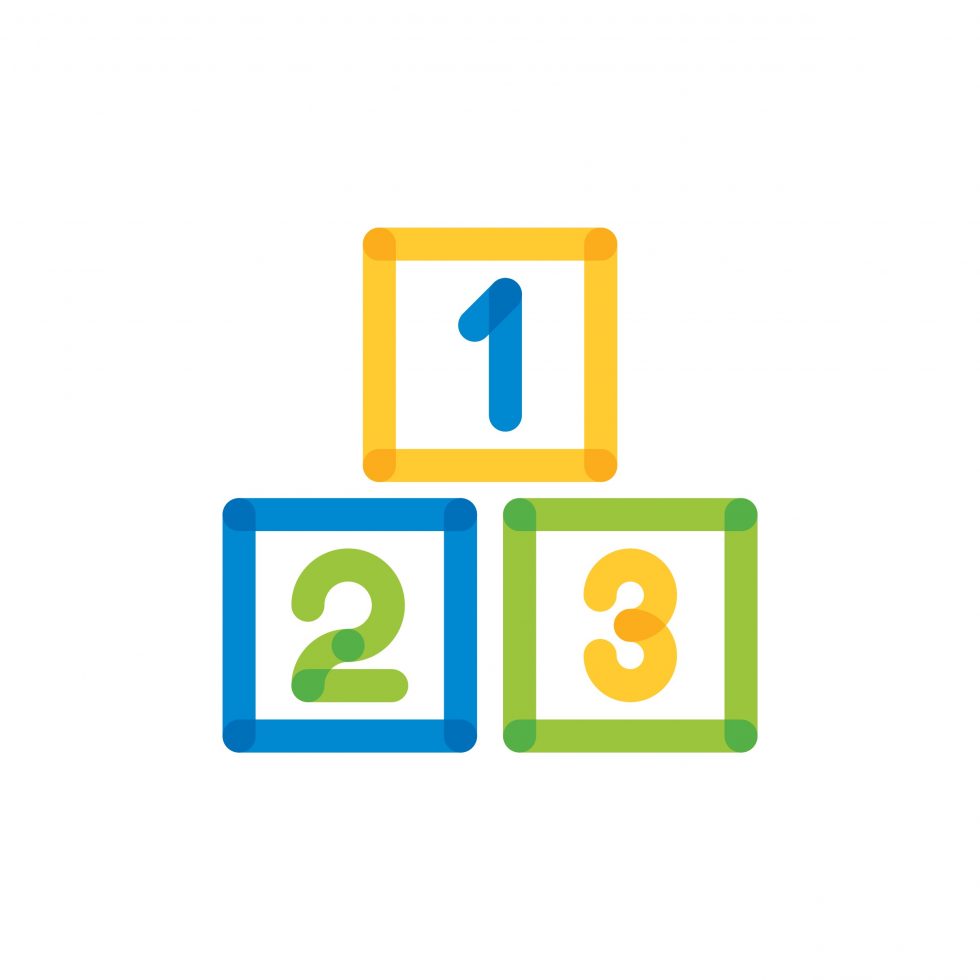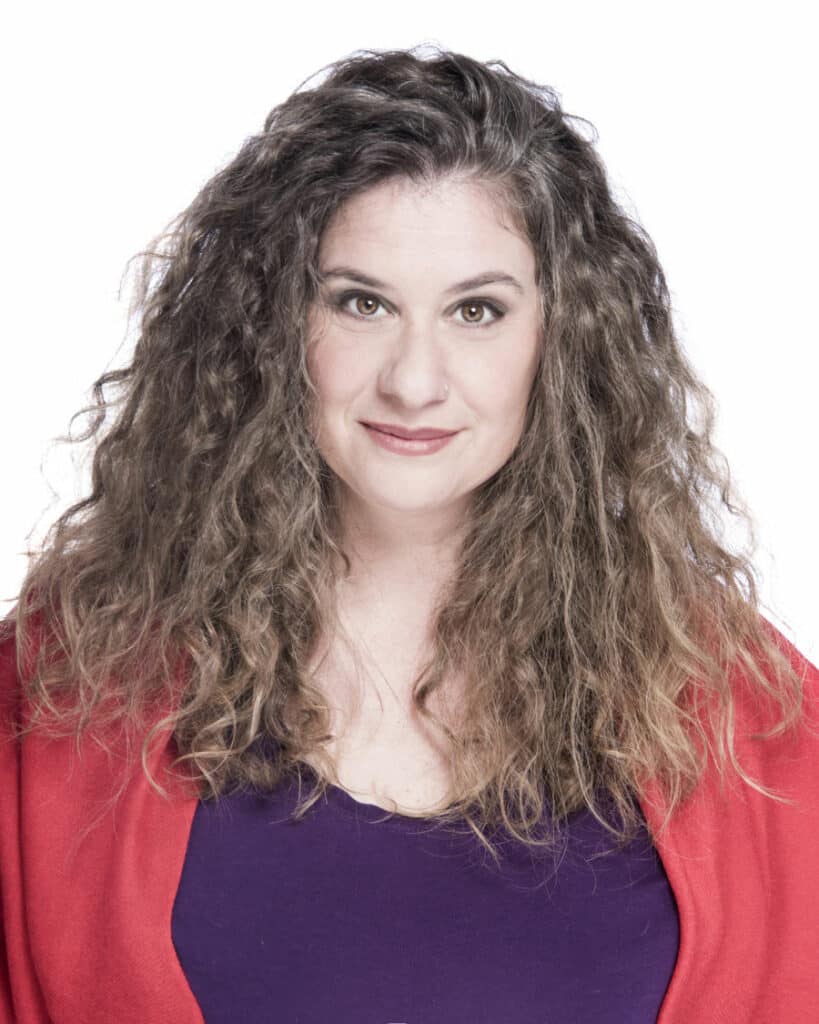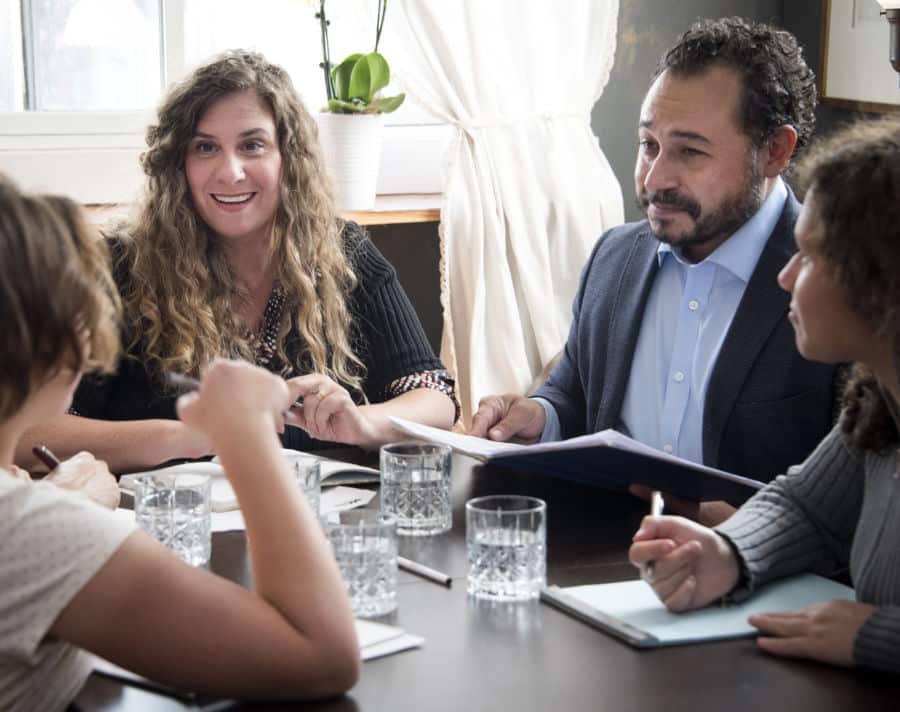Anita Toth knows qualitative research, thanks to a distinguished academic career that eventually led her into helping SaaS companies crush churn. Recently I had the privilege of sitting down with her to talk about how to gather customer feedback, how to do something with it, and how to communicate what you did.
Asking for feedback
Customers are people, and they go through an emotional customer journey. The key to getting great feedback is to be intentional about where they are emotionally when you ask for it. As Toth explains, “When people have stronger emotions, they’re more likely to tell you the ‘why’. High emotions get you the real answers”. Emotions run highest:
- After a negative experience
- During times of change, such as during and after onboarding
- After a great success, when their answers can expose expansion opportunities
During neutral times, you can ask strategic questions, but will likely not get depth. Qualitative feedback comes from personal 1:1 interviews, so focus on in-person, video, or phone calls. In each feedback project, you will see patterns when the cohort reaches 10-15 interviews. Use a maximum of 5-10 questions in a 30-minute interview so you have time to dig past socially acceptable responses into their true feelings. Again Toth emphasizes, “If you want success in your customer feedback strategy, you have to tap into the emotion.”
Doing something with the feedback
Picture this: you’re in an internal QBR and you’re sharing a chart that shows negative customer sentiment toward Support experiences. Your Support leader is getting defensive and doesn’t want to make adjustments. Has something like this happened to you? Your colleagues are people, and believe or not, that means they have emotions too! So how do you get their buy-in? According to Toth, lead with the story – tell your cross-functional teams what happened first: “You don’t have to be a great storyteller to do it. The customer will tell you what happened and you can transcribe it and almost repeat it verbatim.” The key is to set up the story correctly. “So you could say, ‘We interviewed 30 different customers and I want to share this with you, this was heartbreaking to hear, that this was this customer’s experience. Or, I was so happy to hear this.’” Once your audience is hooked, you can present the qualitative story and back it up with quantitative data. In turn, your colleagues will be eager to create positive change.
Communicating what you’ve done
When customers take the time to give you feedback, you must close the loop. Toth recommends sharing results in a combination of individualized and scaled communications. Notably, the communication should be the same to customers whose feedback you acted on, and ones you didn’t! For customers you want to treat high-touch, “I’m a huge fan of recording 1-minute videos like, ‘Hi, just wanted to follow up and let you know this is what we did with your feedback, we really value your opinion’” Toth says.
At scale, leverage the input from your surveys. “Have someone in leadership, C-suite if you can, give a quote about what they thought when they saw results from the last survey. It shows people in leadership are hearing you, and what ends up happening is next time, your response rates go up.
And what happens is, customers become curious about what’s going to happen next time – ‘Last time, 33% of people in my industry said this; is that going to change? Am I different?’” By using the same scaled communication to all customers, you show action on the most important requests. Those who made uncommon requests will see your justification and may come to realize they can make changes to be like your most successful customers. Finally, remember the power of the unexpected gift – express appreciation by surprising participants with something of meaning to them.




